The Solidaritatea Sanitara Federation in Romania is asking the government to develop a regulatory framework regarding the recognition of burnout as an occupational disease, given that 9 out of 10 doctors on call are at risk of professional burnout.
FSSR requests the amendment of WHO 870/2004 regarding working time and preventive measures.
According to a press release sent on Thursday, the Solidaritatea Sanitara Federation in Romania presented the main results of a national assessment of the risk of professional burnout among doctors on call.
According to the study, 4 out of 10 doctors who work on call are at high risk of burnout and about 5 out of 10 are at medium risk of burnout. In total, 9 out of 10 doctors who work on call are at risk of burnout.
Among the aspects evaluated, exhaustion is the dominant dimension (3.72), mental distancing remaining - on average - moderate (2.45).
The Emergency department category has the highest average score (2.99), being located in the immediate vicinity of the high risk of professional burnout.
BAT test thresholds used: greater than or equal to 2.58 - medium risk; greater than or equal to 3.01 - high risk.
At the same time, the study shows that 3 out of 4 specialties are at least at medium risk. Doctors in the following specialties are at high risk of professional burnout (in hierarchical order): Coronary Intensive Care Unit - ICU, Rheumatology, Vascular Surgery, Neurology, Pediatric Medical Oncology, Hematology, Urology, Emergency - UPU.
"There are several specialties that are already in the double risk zone, having an elevated level of scores for both exhaustion and detachment, suggesting the risk of advanced burnout, with personal and behavioral consequences. The most important are Vascular Surgery and Rheumatology," the study reveals.
Overall, the research shows doctors who are very tired, but still engaged; commitment is still high, but against a background of chronic fatigue. The combination can increase the risk of errors and rapid decompensation if organizational intervention is not made.
The data show that it is not just about occasional fatigue, but about a major occupational risk, accentuated in departments with critical activity.
"The standards regarding working time in shifts must be brought into line with European safety and health principles. Since on-call time represents full-time work, it requires compensatory rest and limitation of the maximum time worked according to legal provisions," the press release states.
The main causal hypothesis regarding the increased risk of professional burnout among doctors is their work schedule, related to its two dimensions: the duration of the activity carried out in a day on call (which de facto starts from 24 hours of continuous work and can reach 30 hours of continuous work) and the weekly/monthly working time, which significantly exceeds the maximum legal duration of working time.
"We specify that the data regarding the general situation of employees/members who complete the self-assessment test within BATEREP are accessible to all public health units and the main professional bodies, which can use the specific reports for measures to prevent professional burnout. The research also represents a first screening carried out at national level, using a tool to assess the risk of professional burnout, on the topic of doctors on duty," according to the quoted source.
The evaluation was carried out through the BATEREP platform.
The study was conducted within the "Solidaritatea" Center for Research and Social Development. It is part of the Analysis of the Quality of Professional Life of Healthcare Employees, which is being carried out within the project Developing the Administrative and Social Dialogue Capacity of Health Trade Union Organizations. The study presents the results of a research conducted between October 30 and November 6, with 1,100 doctors on call as subjects.

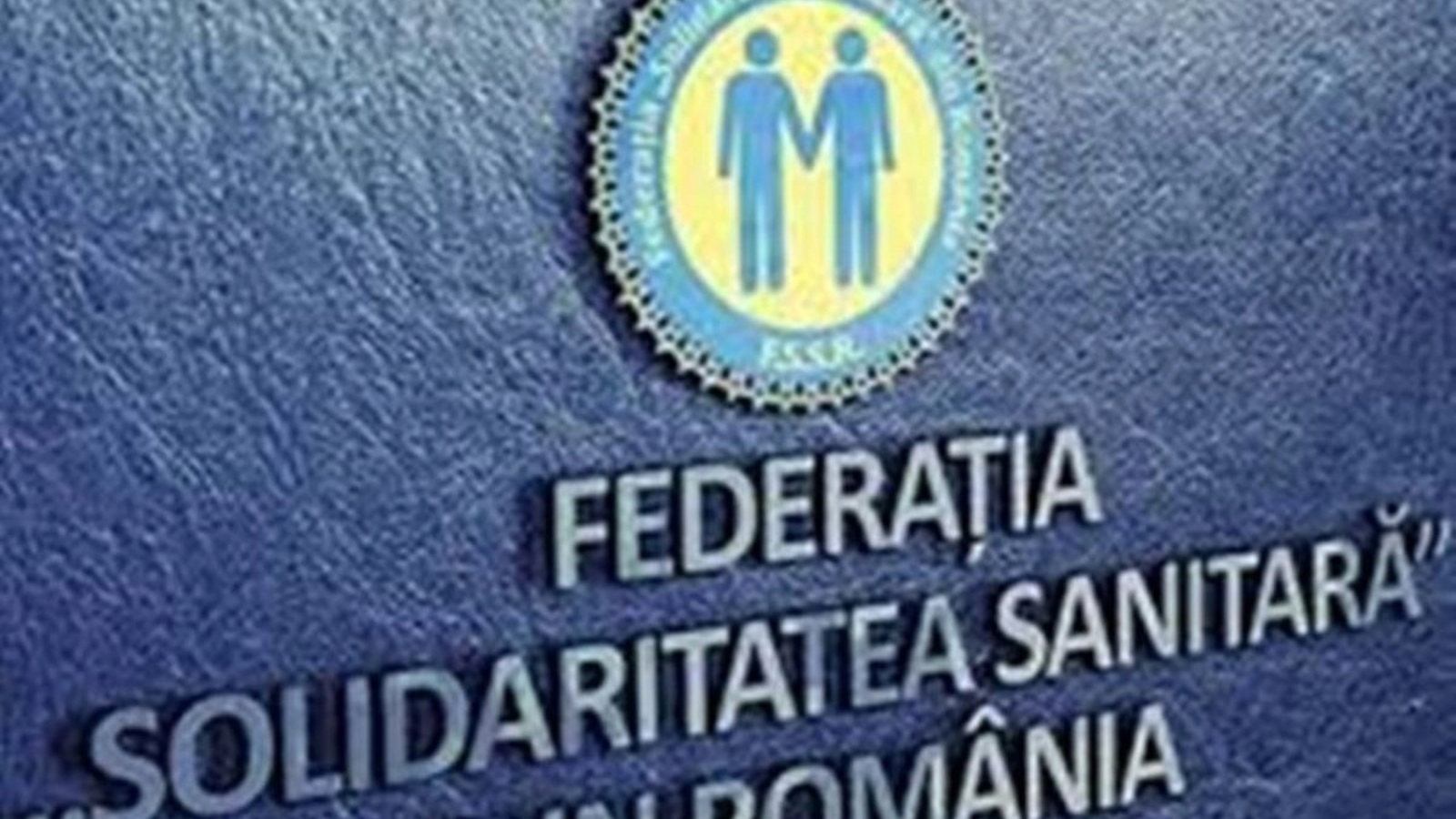






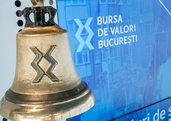


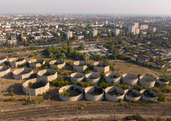

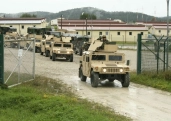

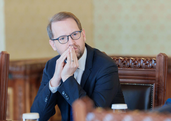















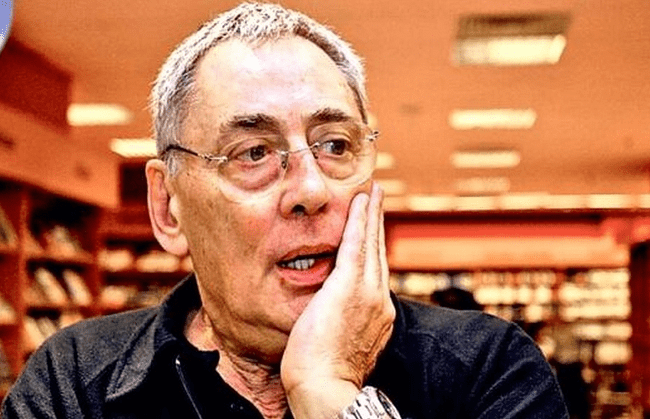
Comentează